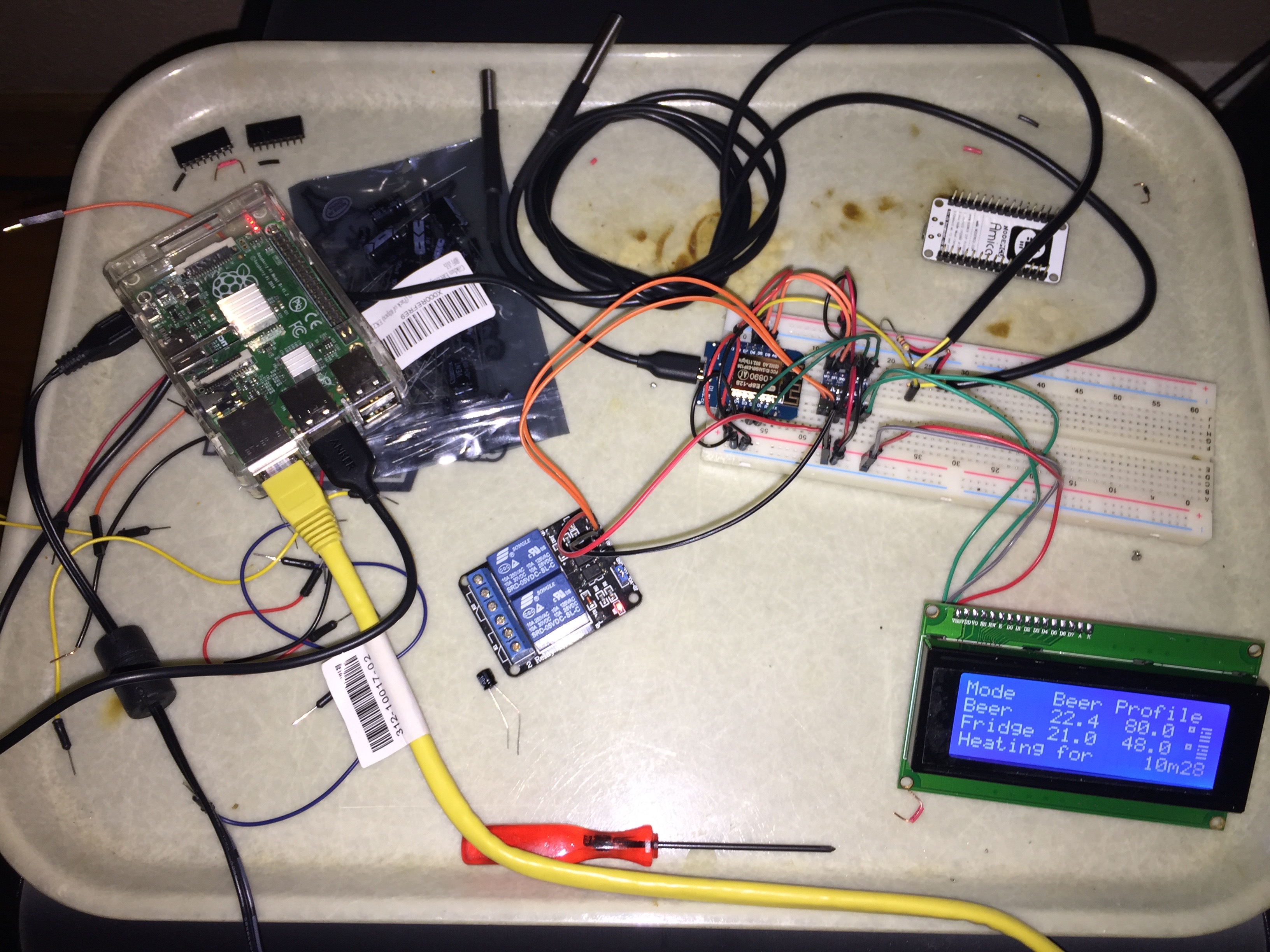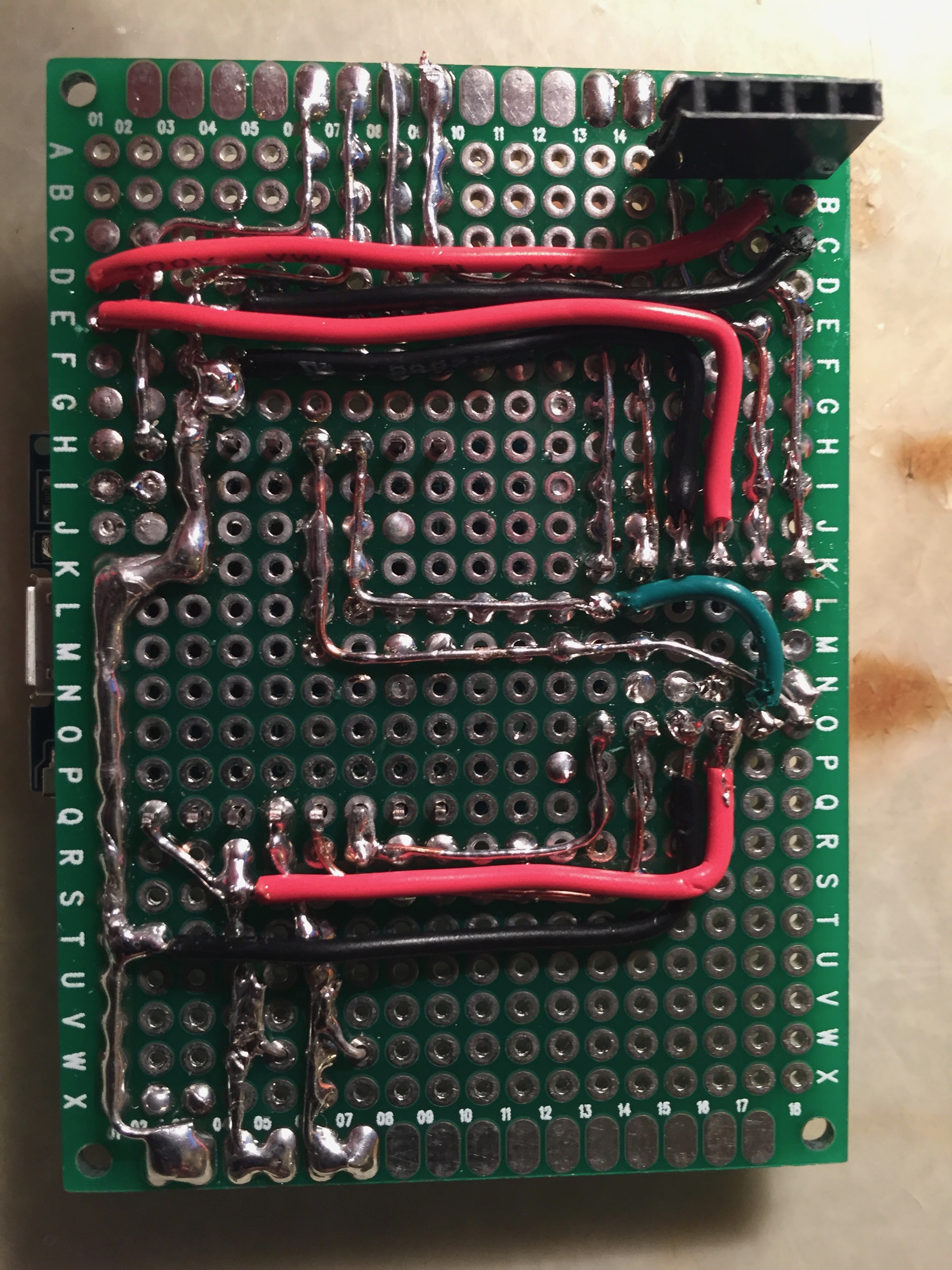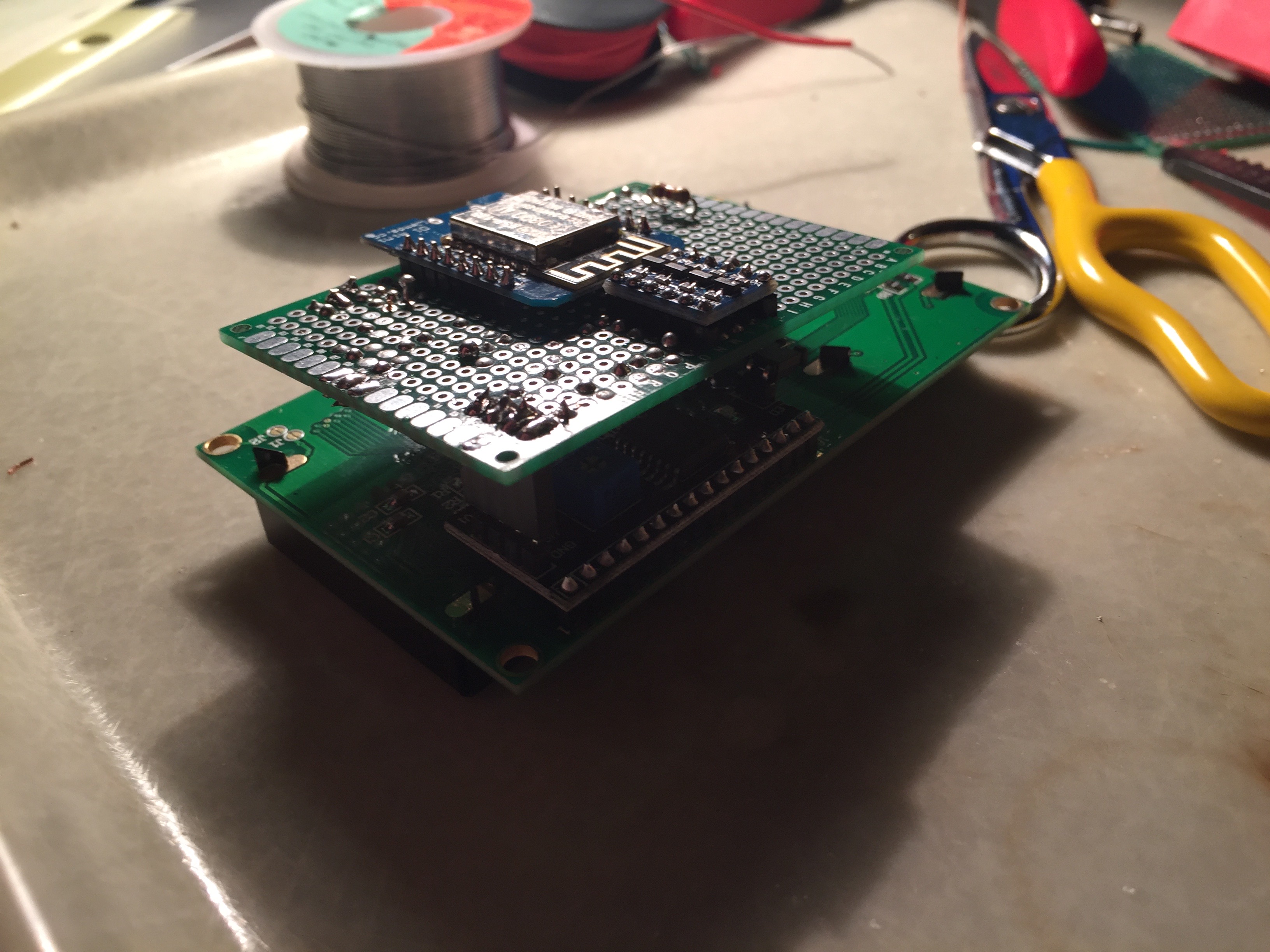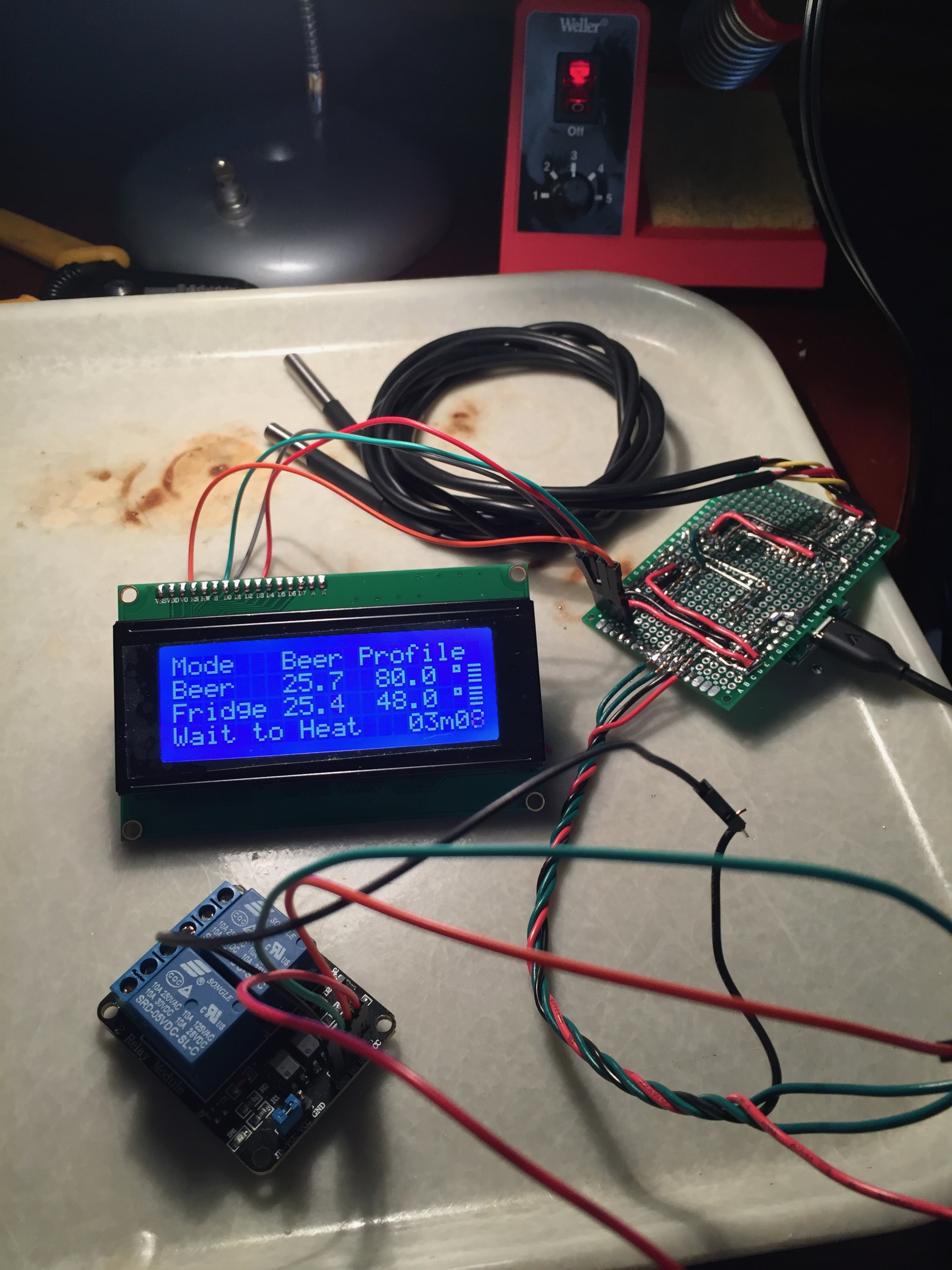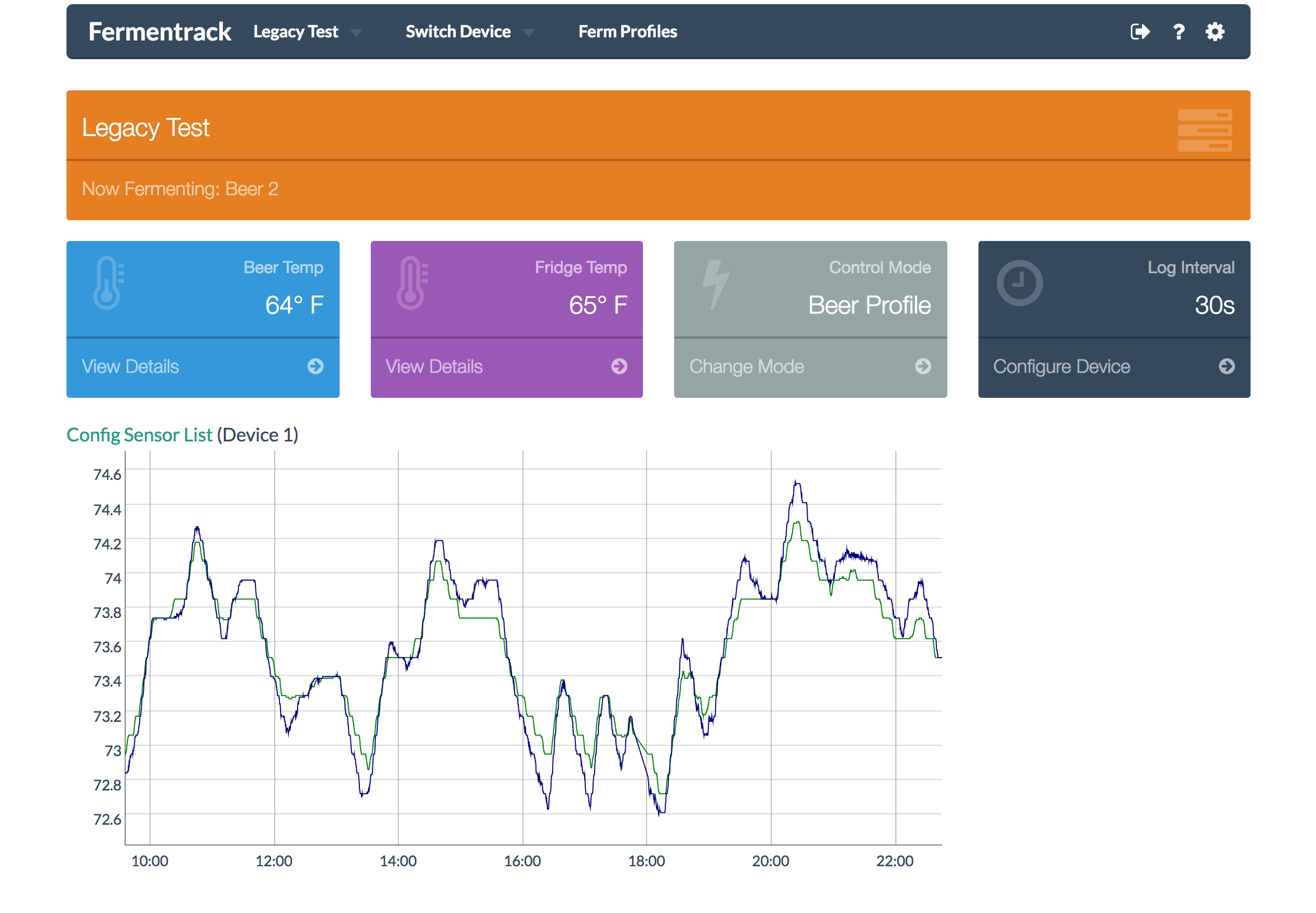Updates!
It's been a fairly productive week -- 3 day weekends help immensely. That said, I'll jump straight into it.
There's a couple of big announcements with regards to the brewpi-www replacement.
First, the project has officially been renamed! If you looked closely at the screenshot I posted above, you'll notice that the project is no longer named "brewpi-django" -- The official name for the project is now
Fermentrack.
While the official team is pushing BrewPi towards becoming a one stop brewery controller, the goal of this project is entirely to help manage BrewPi-based fermentation temperature control & logging. Given the potential divergence of the two it makes sense to remove "brewpi" from the name and focus on what this project does best.
Second, we have a target release date! After much effort from @rocket4x4 and myself, we're nearing the point where the software generally can replace all the functions of the main brewpi web interface. There are still a few key features that could be cleaned up, but the main thing still outstanding is documentation. That said, the target release date for v1 of Fermentrack is
Saturday, March 18th.
This version will only support ESP8266-based fermentation controllers connected via WiFi, but Arduino controllers and serial support will be close behind in version 2.
For those of you interested in seeing the list of what is outstanding to work on, a link is below:
http://imgur.com/w6AsJJb
On a separate note, as part of working on the deployment scripts for Fermentrack I went ahead and re-recorded the general "Preparing a RasPi for BrewPi with Mac" video I made six months ago. This version includes the streamlined WiFi configuration process as well as the required change to enable SSH on the latest version of Raspbian.
The YouTube link is
https://youtu.be/TdSnJOUgS3k
I also went through and updated the ESP8266 installation notes to reference these changes as well. I still need to go through and review all of the BrewPi-ESP8266 documentation, but as none of the instructions for my software have changed, it should all still be accurate.




